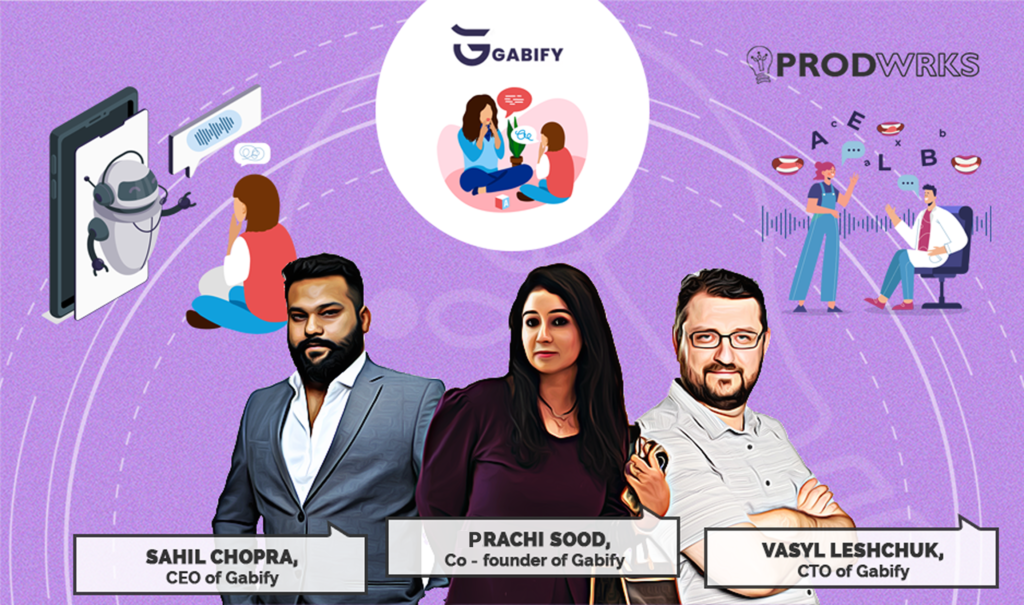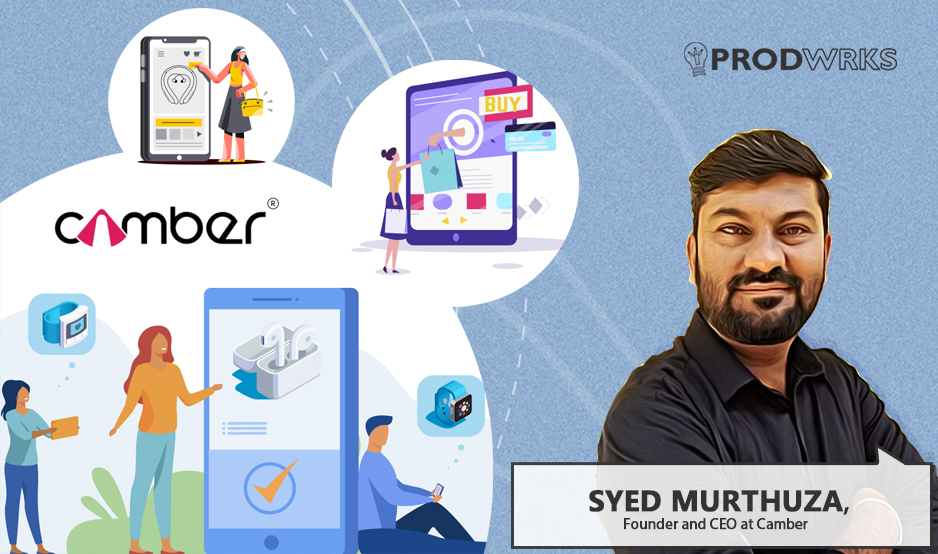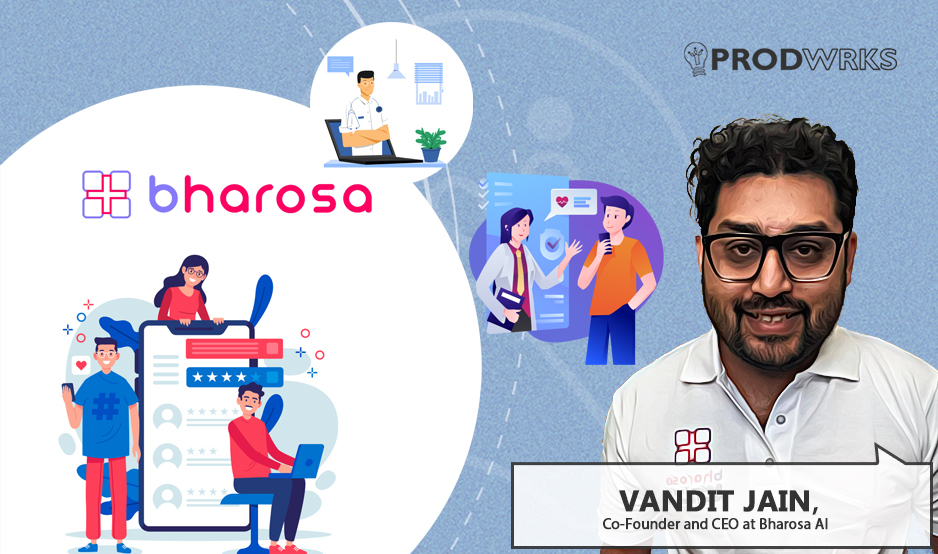
Neurodevelopmental delays affect an estimated 10–15% of Indian children, including conditions like autism spectrum disorder (ASD), attention deficit hyperactivity disorder (ADHD), and speech-language impairments (according to ICMR, 2023). Yet, for every 25,000 children in India, there is only one qualified speech-language therapist, making early diagnosis inaccessible, time-consuming, and unaffordable for most families.
This gap became clear to Sahil Chopra after innumerable conversations with his wife and now co-founder, Prachi Sood, a senior speech and language therapist.
“We used to talk a lot about each other’s professions,” he recalls. “That’s when I realized the scale of this problem and how little technology had been used to solve speech and neurological disorders. Screening for such issues has never been possible in India because the right technology just didn’t exist here.”
“I proudly say we are the first to initiate this (in India),” Sahil says. “Our goal is to ensure no child is left behind due to undiagnosed or misdiagnosed conditions.”
Making Neurodevelopmental Screening Accessible and Affordable
"People used to get manually checked through a pediatrician, and there was no tech-driven alternative in the Indian market. Most people didn’t even know what to look for.”
“In the south, we’ve observed a higher level of acceptance regarding such issues compared to the north, but across much of the country, it remains a significant barrier,” Sahil remarks.
Moreover, 65% of India’s population lives in rural areas, where awareness of neurodevelopmental disorders is minimal and acceptance is even lower. He says, “Even if they sense something is wrong, many parents choose to live in denial.”
That’s where Gabify comes in, whose name stems from the word “gabby” (meaning talkative). Built around the principles of awareness, accessibility, and affordability, the platform uses AI to bring early screening within reach for families across India.
“We talk a lot about deep tech, machine learning, and blockchain,” Sahil says. “But if these technologies don’t help the most vulnerable, what’s the point?”
The platform’s AI capabilities are complemented by human expertise. Gabify focused on leveraging trusted intermediaries like teachers, daycare providers, and school principals.
“If we tell the parents, they think we’re just doing it for business,” Sahil says. “But if it comes from a teacher or a principal, someone they trust, they’re far more likely to listen.”
How Gabify Works: Assessment and Support
Gabify primarily assists children with speech and language delays, enabling assessments from as early as eight months with active parental involvement. Key stakeholders include parents, pediatricians, neurologists, therapists, schools, and daycare administrators.
Sahil explains, “From eight months of age, we can capture and identify potential issues with the close supervision of parents, as children can’t decide for themselves.”
Using Gabify is designed to be simple and accessible for users of all ages:
1.Users log in and provide basic details (age, medical history).
2.Begin the assessment (digitally structured evaluation) involving Q&As, repeating phrases, and recording short videos.
3. AI analysis: These inputs are processed through a multi-layered AI system trained to detect speech and neurological patterns.
4. Get results: After the assessment is complete and payment is made, users receive a detailed report.
5. Report structure: This report outlines observations, possible concerns, and areas for further evaluation.
Vasyl says, “The interface is minimalistic, so people are not getting lost. We understand we are working with people who might have a disability, so we try to be as accommodating as possible.”

Once the report is generated, users can book a follow-up session with a therapist directly through the Gabify platform. Alternatively, the report can be shared with any therapist of the user’s choice, increasing accessibility, especially for those in areas with limited local support.
Gabify offers initial AI screening for Rs 499, and a 100-session home-based therapy programme is available for Rs 50,000.
Gabify’s Product Development: From Research to Real Users
Gabify’s product development process began with a deep technical audit of the underlying idea and technology. Using preliminary data, the team trained its AI models to identify and interpret speech patterns and related issues.
“We conducted a full audit of the idea and the technology involved. Using previously gathered data, we started training the AI models to understand speech and detect potential issues,” says Gabify’s CTO, Vasyl Leshchuk.
Alongside technical development, the team initiated early testing with real users, inviting families, friends, and even relatives of potential investors to try the platform.
Feedback from these early adopters led to tangible product improvements. A key area was the reporting feature, which was refined to make screening results more accessible to parents from the outset.
Vasyl says, “Thanks to Prachi, we were able to create the reports that provide more information to people right from the get-go.”
Building the User Base and Go-to-Market Strategy

“Our early outreach was significantly supported by strategic introductions,” said Sahil. “Vasyl (CTO) connected us with Mr. Anton, who is now a board advisor and also affiliated with the British International School. These relationships helped us reach our first users.”
As Gabify scales, its approach includes participating in events, leveraging digital marketing, and collaborating with rehabilitation centers, NGOs, and special schools like the Ponti Chaddha Foundation (a school for children with disabilities) to broaden its reach.
Expanding Use Cases: Corporate Hiring and Remote Therapy
While initially focused on early screening for children, Gabify is now expanding its application to corporate settings and remote therapy for adults.
Organizations can use Gabify to assess a candidate’s emotional and cognitive intelligence during the hiring process by analyzing multiple behavioral signals captured through the platform.
“Corporations increasingly want to evaluate the cognitive and emotional intelligence of potential candidates. In today’s job market, being mentally and emotionally fit is crucial, and our tool can assist with that assessment.” Sahil explains.
The platform captures and analyzes speech, facial expressions, and eye movements, processing 189 distinct parameters that collectively provide insight into the neurodevelopment traits and emotional states such as depression, anxiety, fear, or stress.
Another application for Gabify is remote therapy accessibility, particularly for older adults with neurological or speech concerns, who may avoid clinical visits. Through self-paced learning modules provided in the Gabify platform, users can begin therapy on their own from home.
“Older individuals often face mobility challenges preventing visits to therapy centers,” Sahil adds. “Our application, with its self-learning exercises, enables them to access treatment online.”
Future Directions: Scaling, Partnerships, and Solutions for Children
Gabify’s growth strategy is rooted in scalable digital access. The team is building a teletherapy platform designed to connect existing therapy centers through a central system, avoiding the high overhead costs of building and running multiple centers from numerous physical locations. While primarily digital, Gabify does operate one physical center in Chittaranjan Park, New Delhi.
Their next strategic move involves expanding into B2B and B2B2C services, aimed to integrate therapists, clinics, and hospitals into the Gabify network. This network would facilitate data sharing, patient referrals, and coordinated treatment.
“We plan to add more functionalities to invite other therapists or clinics to be in our system,” Sahil outlines. “They can refer patients for analysis and receive data about them, helping therapists across India treat more people effectively.”
“We can’t promise the impossible,” Sahil concedes. “Instead, we are focusing on making screen time more beneficial.”
“Normal kids can use this too, making our application more broadly accessible,” Sahil notes.
“We are not tracking the success of our application,” Sahil said. “We are tracking the success of our users and their adaptability and integration into mainstream society.”



